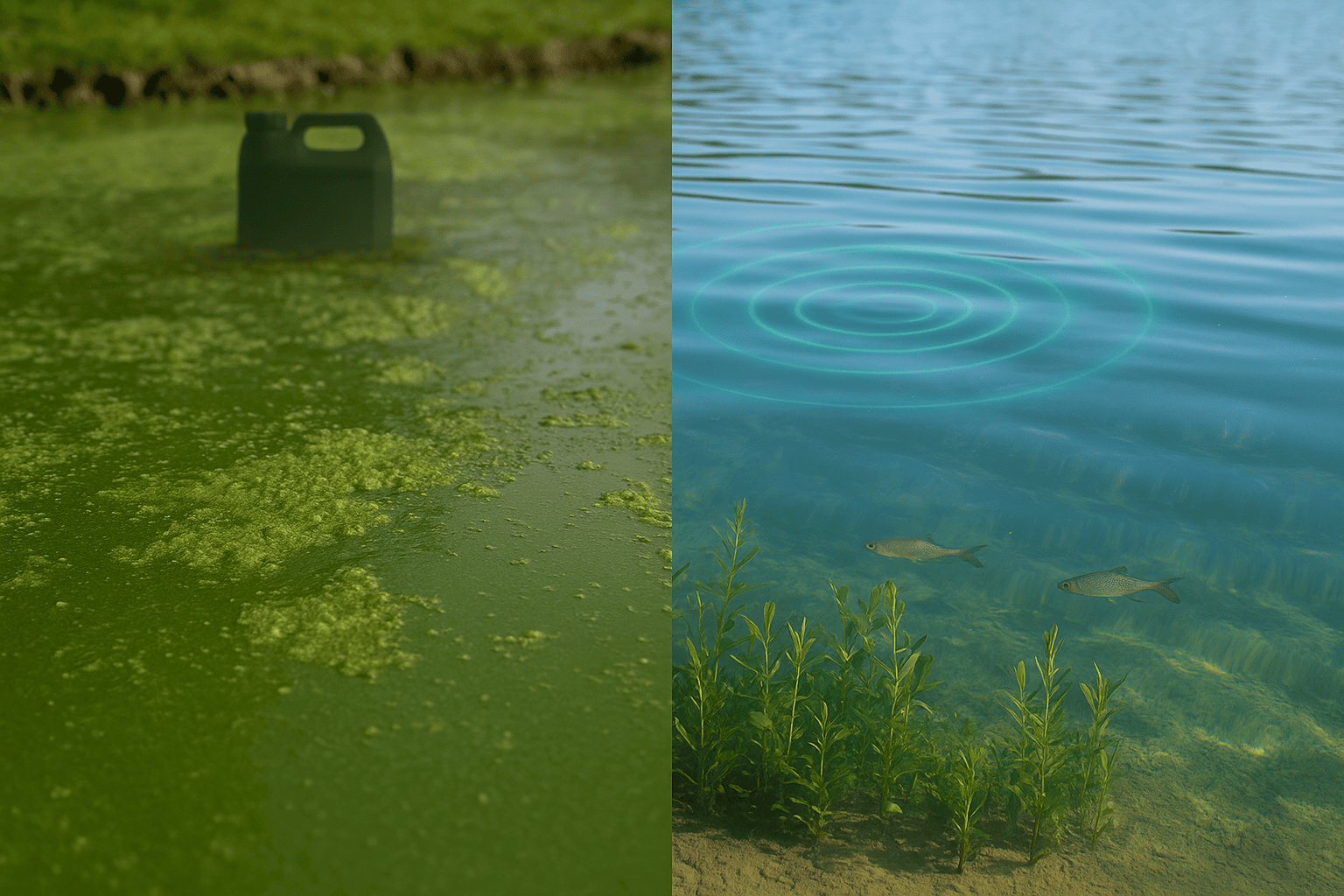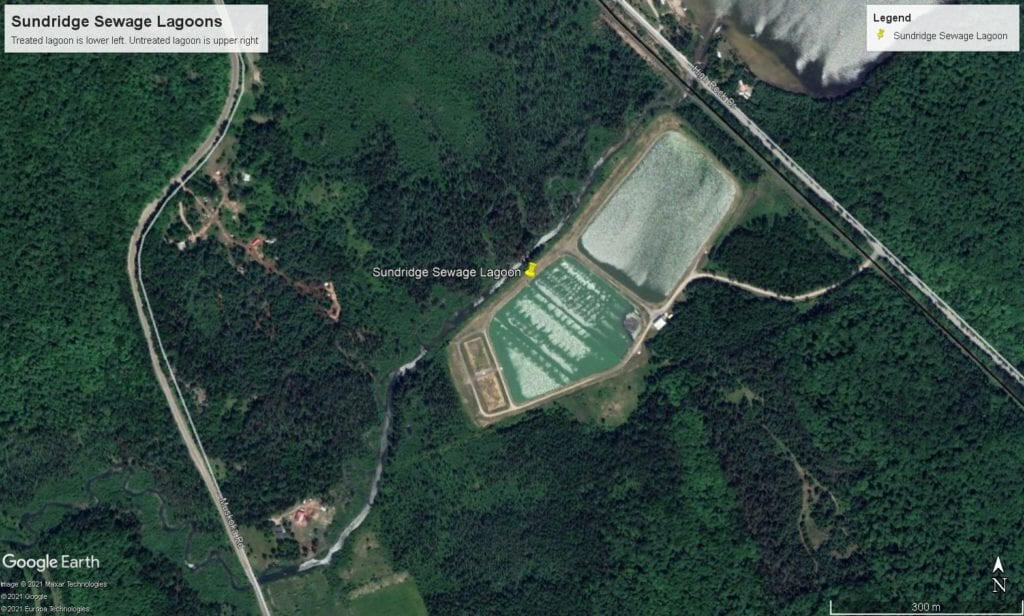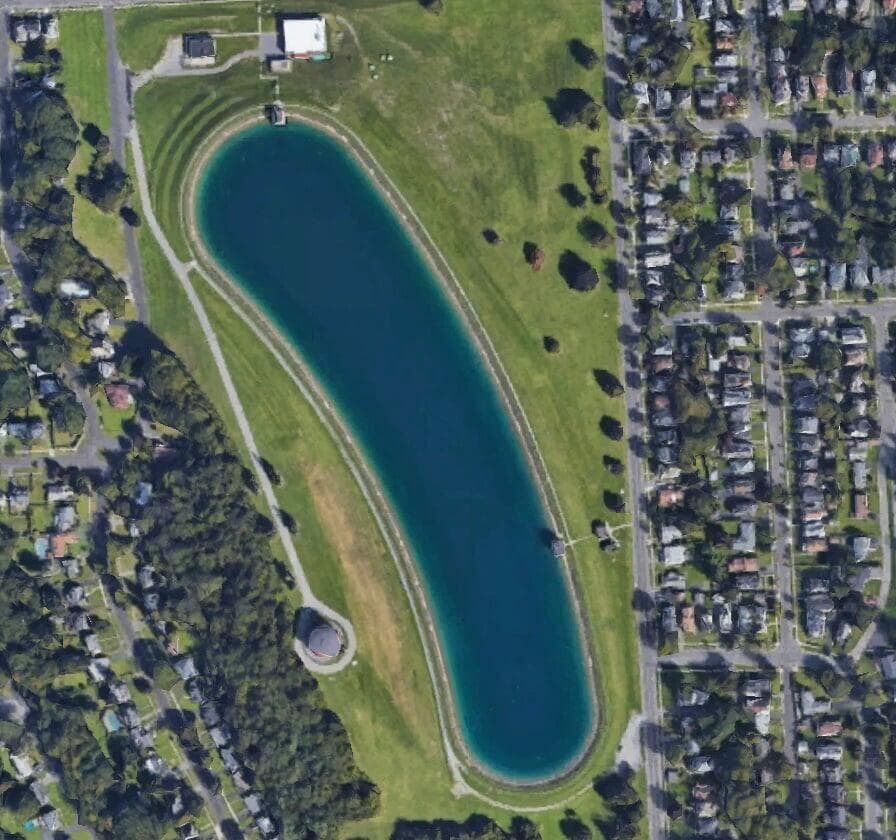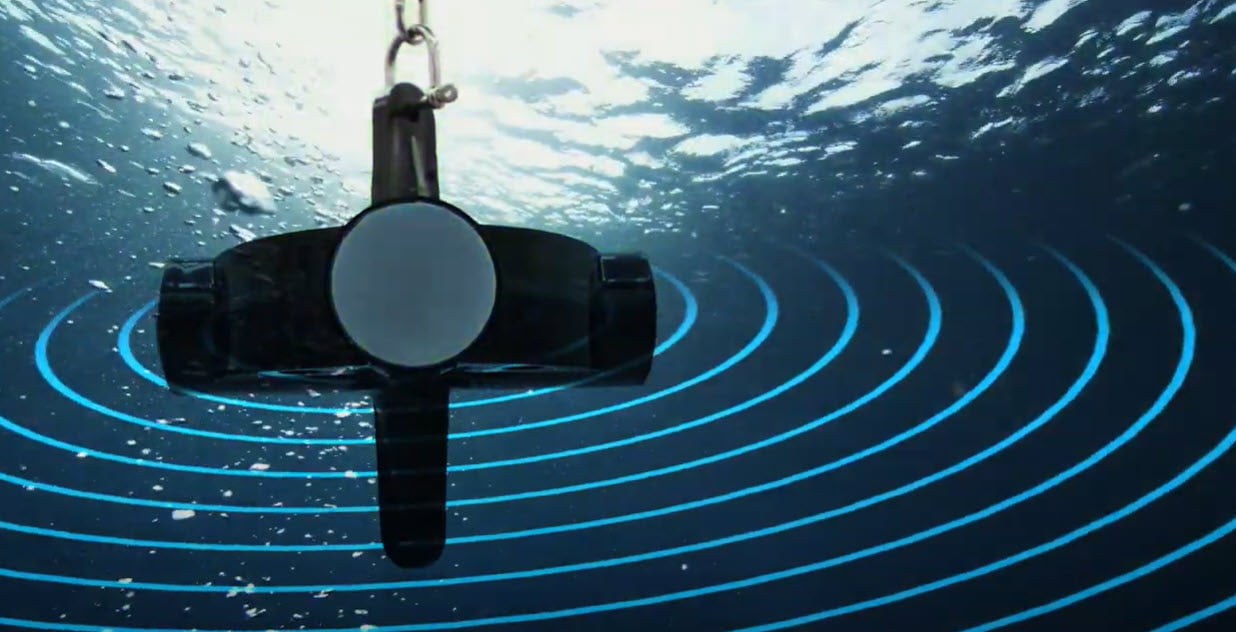Ultrasonic vs Copper: Algae Control Explained
Managing algae is a challenge faced by councils, golf courses, water utilities, and aquaculture operators across Australia. When ponds, lakes, or reservoirs turn green or form harmful blooms, the immediate question is: how do we control it effectively without damaging the ecosystem?
Two very different solutions are often compared — traditional copper sulphate dosing and modern ultrasonic algae control. While both can reduce algae, their effectiveness, sustainability, and long-term impact couldn’t be more different.
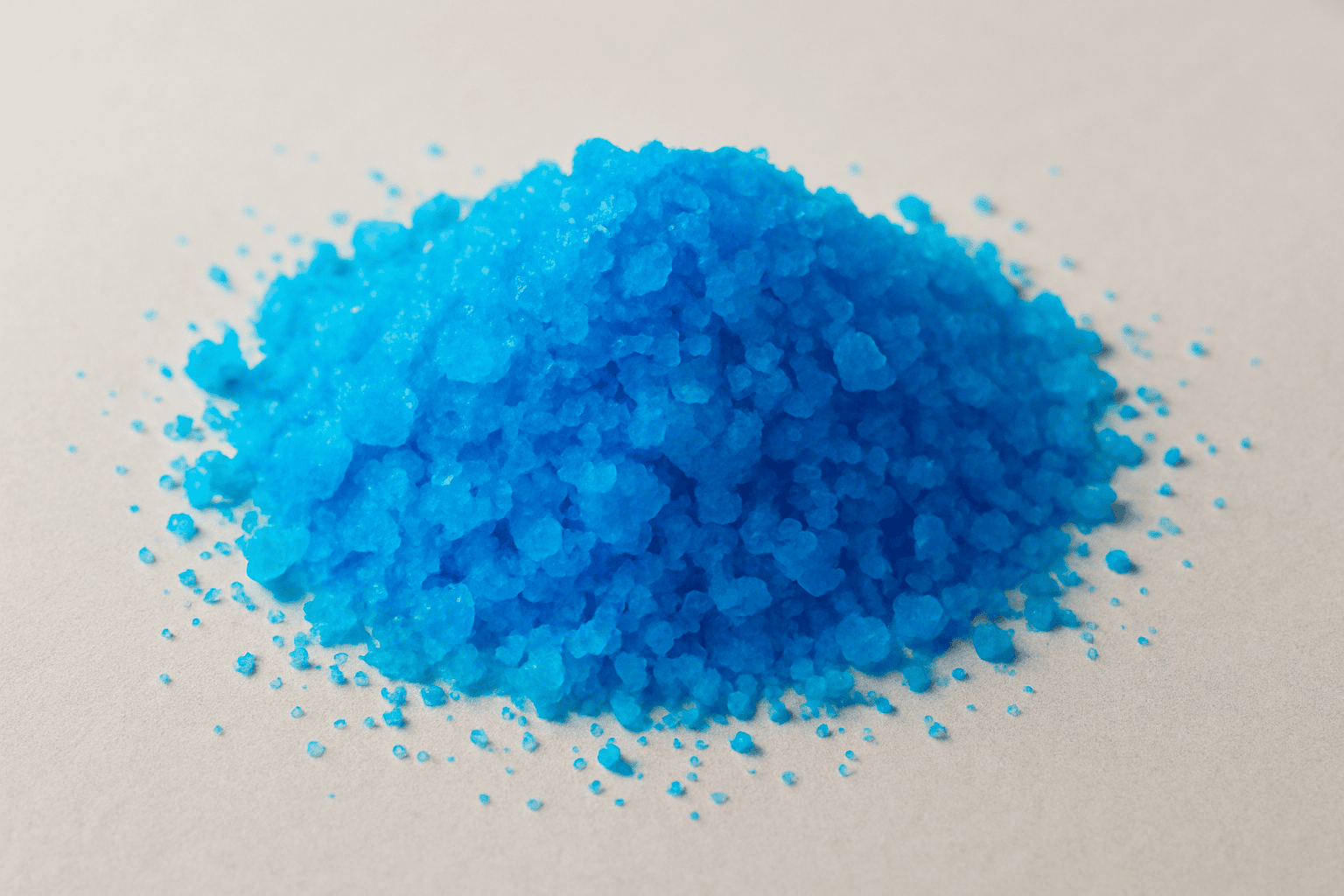
Copper Sulphate: The Traditional Approach
Copper sulphate has been used for decades as a quick chemical fix for algae outbreaks. When applied to water:
Mode of Action: Copper ions disrupt algae cells, leading to rapid die-off.
Pros: Inexpensive, widely available, and provides fast results in the short term.
Cons:
Non-selective — harms beneficial organisms such as zooplankton and invertebrates.
Can lead to heavy-metal accumulation in sediments over time.
Requires repeated dosing, which increases cost and labour.
Dead algae sink and decompose, releasing nutrients back into the water — often causing a rebound bloom.
Copper sulphate is essentially a band-aid solution — effective for emergency response but unsustainable as a long-term strategy.
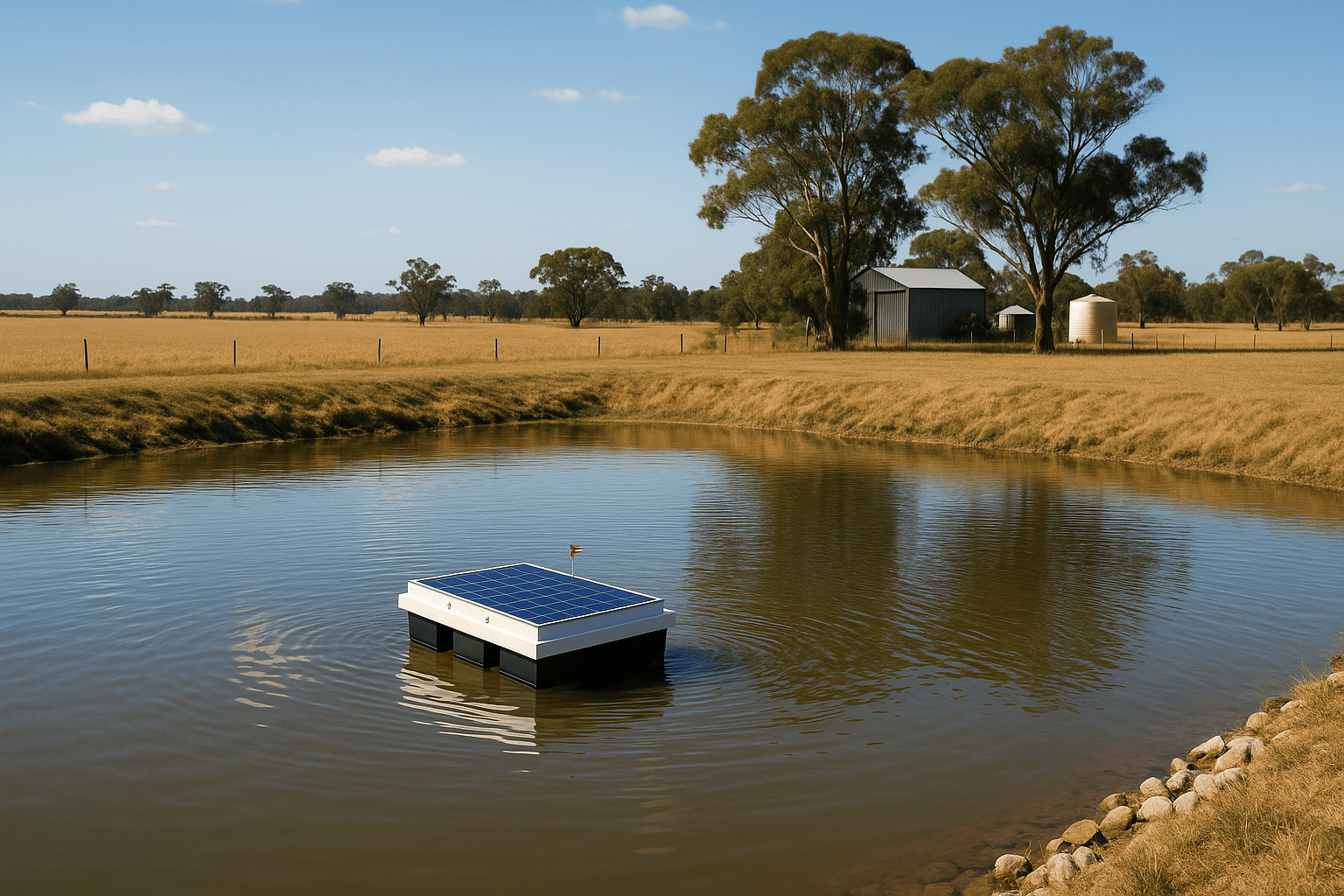
Ultrasonic Technology: The Modern Alternative
Ultrasonic algae control, such as the SonicPure Pulsar systems supplied by Algae Control Australia, uses sound waves to target algae at the cellular level.
Mode of Action: High-frequency ultrasound interferes with algae’s buoyancy and cellular processes, preventing growth and reproduction.
Pros:
Chemical-free and environmentally safe.
Targets harmful algae species (cyanobacteria, filamentous algae) while leaving other aquatic life unharmed.
Prevents regrowth instead of triggering nutrient recycling.
Integrates easily with monitoring systems like SCADA for real-time water management.
Low operational cost after installation — no ongoing chemical purchases.
Cons:
Requires initial investment in equipment.
Best applied as a preventative or ongoing control rather than a one-off “shock treatment.”
Ultrasonics offer a sustainable, automated solution that aligns with modern water-management practices, particularly where regulatory or environmental restrictions limit chemical use.
Which Works Better?
Short-Term Results: Copper sulphate can kill algae quickly, but the effect is temporary.
Long-Term Control: Ultrasonics prevent algae from re-establishing, keeping water bodies healthier over time.
Environmental Impact: Copper accumulates and harms non-target species; ultrasonics are non-invasive and chemical-free.
Cost Consideration: Copper appears cheaper upfront, but recurring applications make it costly. Ultrasonics provide a long-term ROI with minimal ongoing expense.
In most cases, ultrasonic treatment proves to be the superior solution for sustainable, safe, and effective algae control.
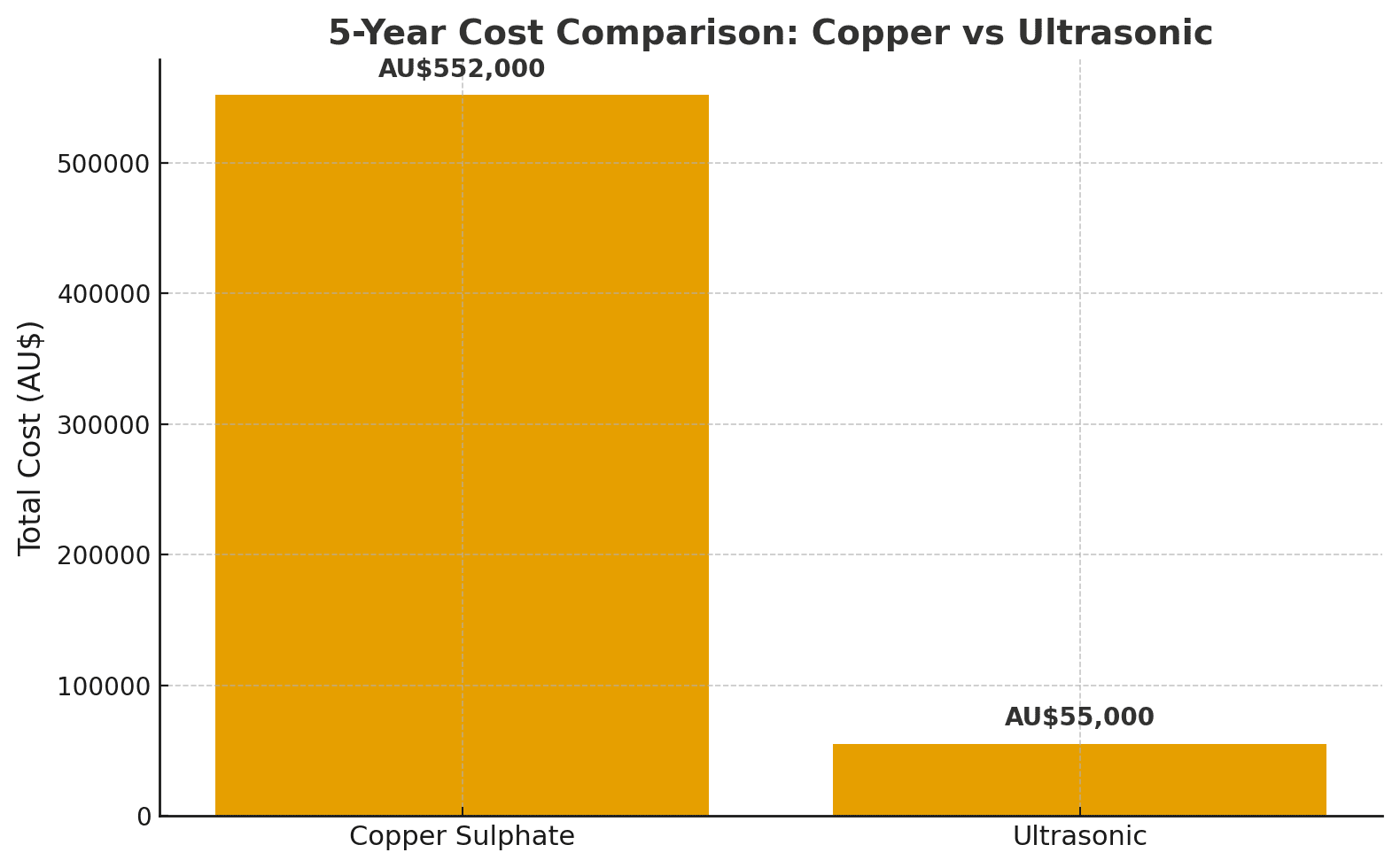
Conclusion
While copper sulphate still has its place as a quick emergency measure, ultrasonic algae control is the smarter long-term investment. With the ability to prevent harmful blooms without chemicals, protect aquatic ecosystems, and reduce operational costs, ultrasonic technology is fast becoming the standard in water management worldwide.
At Algae Control Australia, we specialise in ultrasonic solutions designed for Australian conditions, helping councils, utilities, and industries move away from outdated chemical methods toward sustainable water care.
With real-world results showing faster payback and long-term savings, ultrasonic algae control isn’t just environmentally better — it’s financially smarter. Contact Algae Control Australia today to discuss the ROI for your site.
